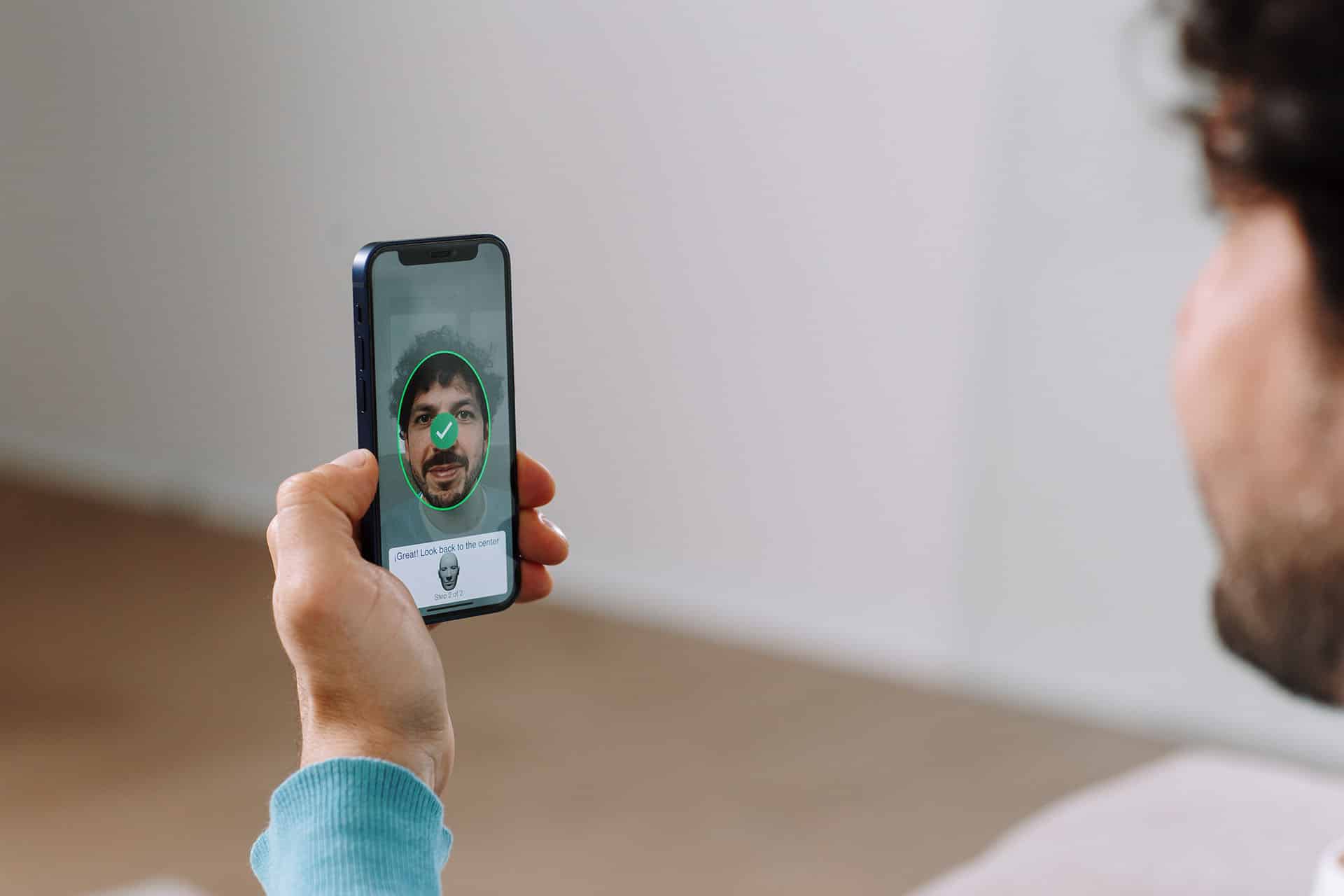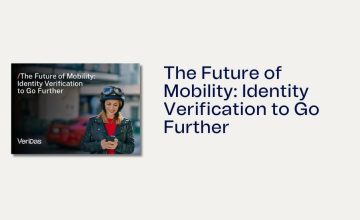In 2021, hackers breached the computer systems controlling a major U.S. gasoline pipeline. The company shut down its lines and stopped delivering fuel to service stations across the eastern coast of the country. This led to long lines of panicked drivers waiting for fuel. This event is just one example of the reality we live in today: there is no separation between our physical and digital worlds. The hack was a digital attack that resulted in physical consequences. Viewing the digital and physical realms as distinct realities creates security gaps, causes frustration for authorized users, and creates vulnerabilities for cybercriminals to exploit.
The pipeline hack is an extreme example. But just think about your daily routine. If you’re a hybrid worker, you expect the same seamless access to systems and resources, whether you’re working at your kitchen table or in the office. We all have the same expectations for airlines, schools, hospitals and government agencies. You expect a seamless and secure experience whether you choose to engage digitally, physically or — more likely — in some hybrid fashion.
Banking provides the perfect mirror for this unified digital + physical reality. During the pandemic, consumers of all ages shifted to mobile and online banking because they had no choice. The branches were closed. As the world reopened, consumers made it clear that they wanted a hybrid world: they planned to continue using their phones to do a majority of their banking, but they also wanted that familiar human touch they can only get in a branch.
People Prefer Biometrics: So How Do We Make Them Secure?
Consumer demand for seamless digital + physical experiences is so strong that traditional criteria for brand loyalty are slowly disappearing. Instead of the best product or best price, brands that offer the best experience and least friction seem to be winning. Of course, with so much publicity around breaches, consumers are becoming more informed about security and the precarious nature of usernames and passwords. Of all the security measures available to them, consumers prefer the simplicity and security of biometrics. Relying on their unique physical and behavioral characteristics is much easier — and more secure — than managing passwords for every device, app and network they access.
Biometrics are not perfect. The servers storing them can be breached. Artificial intelligence (AI) and machine learning (ML) can be used to create difficult-to-detect deepfakes. And, of course, those trusted with managing sensitive biometrics data can find ways to abuse it. But despite these imperfections, biometrics are many times more secure and convenient than passwords, tokens or other alternatives.
So, it’s up to solution providers — like those attending US Discussion Day — to win the arms race with hackers. We need to be relentless in our drive to anticipate threats and ensure that the security, privacy and functionality of our solutions protects consumers, citizens, workers and the organizations that serve them. Closing potentially disastrous gaps in the digital + physical realm requires investment, innovation and collaboration. Here are some of the key challenges I believe we will face along the way:
Security and Authentication
A primary challenge in merging physical and digital identity is ensuring robust security and authentication measures. Biometric technologies, such as facial or voice, are commonly employed to verify a person’s identity. However, these biometric traits are susceptible to theft, spoofing and replication. Striking a balance between user convenience and the delivery of strong security is a significant challenge for biometric experts. For example, more and more companies are deploying multi-channel biometric platforms with remote self-service enrollment capabilities. Authorized users can use facial recognition and document verification to create accounts or gain access to services. These biometric images are stored on a server and used to confirm identity when an authorized user wants to gain access. Storing and managing these images in the cloud while ensuring airtight privacy presents serious security challenges that will increase in difficulty as hackers evolve their methodologies.
Privacy and Data Protection
The convergence of physical and digital identity necessitates the collection, storage and sharing of sensitive biometric data. Safeguarding individuals’ privacy and ensuring proper data protection becomes critical. Biometric experts must navigate legal and ethical considerations surrounding consent, data retention, encryption and anonymization to ensure that personal biometric data is handled responsibly and securely.
Interoperability and Standards
Biometric solutions providers face the challenge of developing and adhering to standardized protocols that enable seamless integration across different platforms, devices, and organizations. Achieving interoperability is crucial for creating a unified identity ecosystem that enhances user experience and facilitates efficient identity management. However, biometric images used across these connected systems must be stored securely and not transmitted across systems.
User Experience and Accessibility
Providing frictionless user experiences and ensuring accessibility for all individuals without bias is another challenge when merging physical and digital identity. Biometric solutions must be intuitive, user-friendly and accommodate people with disabilities or unique physical characteristics. Biometrics experts must consider factors like usability, inclusivity and the need for fallback options in case of biometric authentication failures. Additionally, consent must always be accessible to prevent undesired biometric treatment.
Trust and Acceptance
Building trust among users and fostering acceptance of biometric technologies is paramount. Many consumers, citizens and workers feel apprehensive about the collection and use of their biometric data. They’re seen media reports of privacy violations, unlawful surveillance or and other forms of misuse. Biometrics companies must focus on transparency, education and proactive communication to address these concerns and establish a foundation of trust among users and stakeholders.
Our Path Forward as Ethical Innovators
The merging of physical and digital identity through biometric technologies brings numerous benefits, but the path forward is not without challenges. Security, privacy, interoperability, user experience and trust are significant hurdles that biometrics experts must address. And we must be persistent in addressing these challenges because fraudsters are skilled, determined and well-funded.
Our job is more difficult than theirs. They only need to succeed once over thousands of attempts to achieve their goals. We need to win every confrontation with them to reach ours. We may never achieve perfection, but we can pursue it. And it begins with investing our profits into R&D, defining and adhering to ethical standards and addressing the realities of our fully united digital + physical world.



![[DEMO GRATUITA]: Descubre cómo funciona nuestra tecnología en vivo](https://no-cache.hubspot.com/cta/default/19918211/478bcde8-f23d-4436-a640-ce15a25d0877.png)



